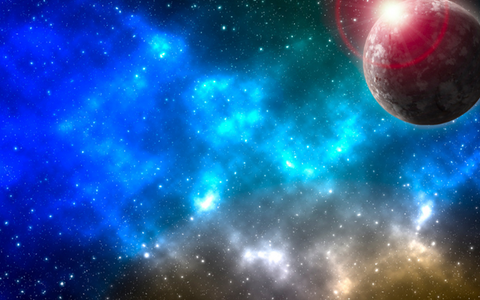Astronomers have spent centuries filling in their understanding of our small portion of the Milky Way. But there are still many perplexing conundrums that our Solar System has thrown at us. Here are our top space mystery picks that Astronomers have yet to comprehend.
Planet 9

Hundreds of specks appear clustered beyond Neptune, a hint that something up to 10 times as massive as Earth might lie beyond. What's more? A large planet could supply the necessary gravitational influence to pull them in . . .
Inside Saturn

It's suspected but not confirmed that Saturn has permanent tsunamis racing at all times with different numbers of peaks. These waves don't obey the known laws of physics. Based on the limited date from Voyager, scientists were able to trace out several spirals of the inner rings which back up the idea that waves are racing around the planet.
The Tunguska Event
In 1908, the Solar System threw something at us but we're not sure what. It's been a mystery ever since eye witnesses described a bright flash (that could be seen hundreds of miles away) over the Podkamennaya Tunguska River in Russia. The aftermath was some 80 million trees were decimated and over 2,000 square kilometers had been flattened. But there was no crater. What had fallen from the sky? So far, their doesn't seem to be much of an explanation for this strange phenomenon.
Titan's Atmosphere

Titan is one of Saturn's moons, and is the only moon in the Solar System that has a significant atmosphere. Titan's atmosphere is 1 1/2 times thicker than Earth's atmosphere and is composed of mainly nitrogen -- similar to Earth's. But where did all of this nitrogen come from? Like on Earth, it remains a mystery.
The Kuiper Cliff

The Kuiper Belt is a huge region of the Solar System that forms a ring around the Sun. It's similar to the asteroid belt that exists between Mars & Jupiter, as it contains millions of small rocky bodies. The difference is that the Kuiper Belt is 200 times more massive. What scientists don't understand is why the population of Kuiper Belt Objects (KBOs) suddenly drop off about 50 AU from the Sun, as theoretical models predict an increase in KBOs beyond this point. The drop-off is so dramatic that it's called the "Kuiper Cliff." As for now, it's not understood why the cliff exists.






